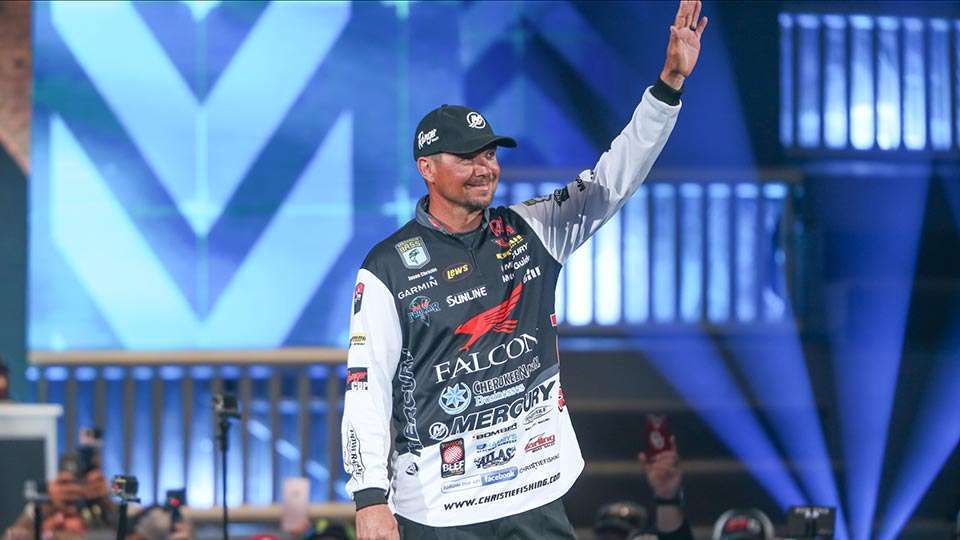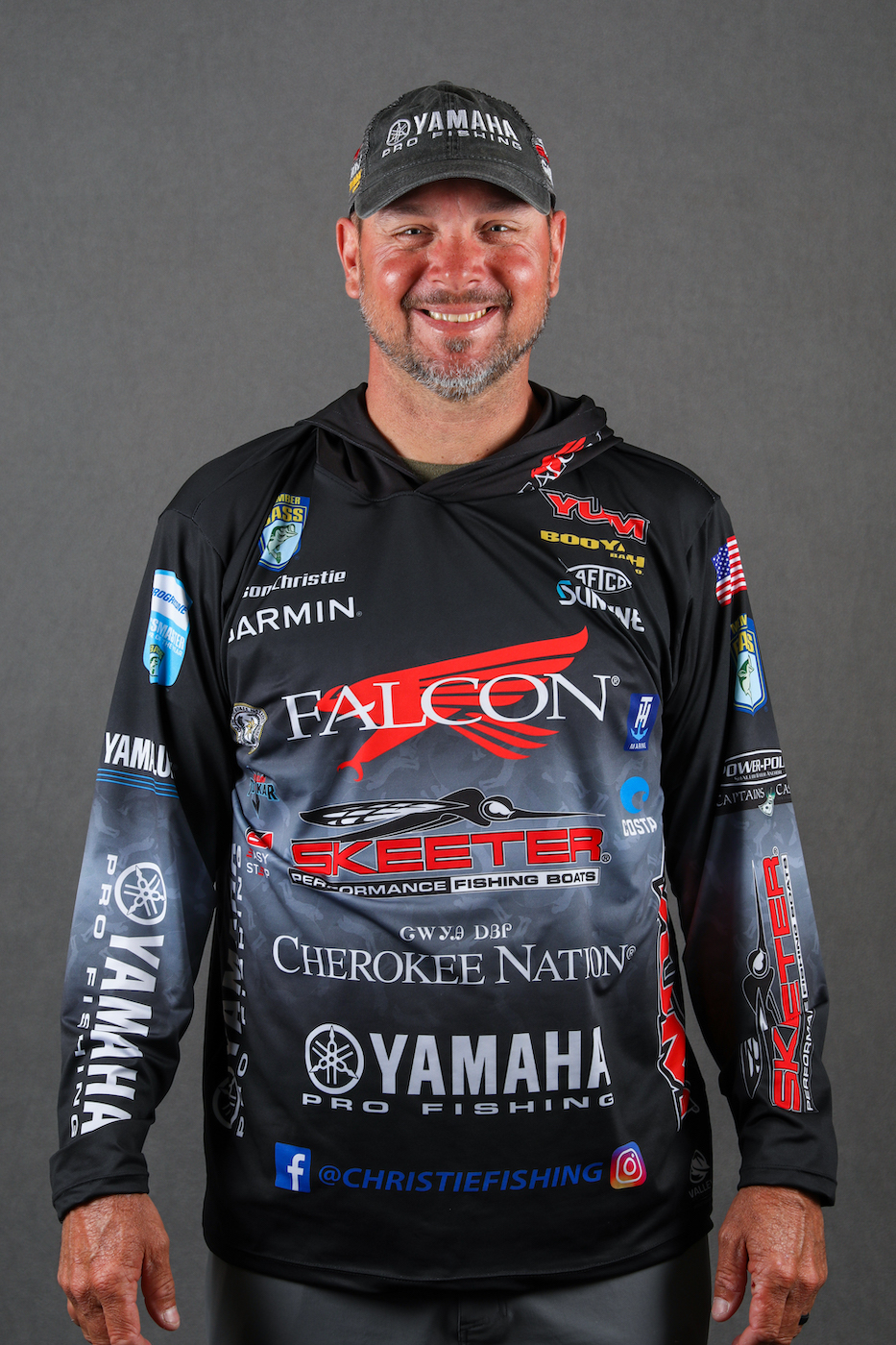
Like everyone, I’m always excited about competing in the GEICO Bassmaster Classic presented by DICK’S Sporting Goods, but this year I have a little more enthusiasm. I think that’s due to a couple of reasons.
First, this year’s schedule with two Bassmaster Elite Series events prior to the Classic has us broken in already. Usually, the Classic brings a big start to the season, but we’re all kind of rusty because we haven’t fished in several months.
This year is different because getting those first two Elite events under our belts has brought us back into fishing form. That’s going to allow us to head into the Classic mentally and physically prepared.
We’ve had our boats on the water for two full practice and tournament schedules, so we’ve had time to make sure everything is working right. We saw one typical cold water event at Lake Cherokee and one traditional spawn-related tournament at Okeechobee, so we’ve had the benefit of warming up with two regular-season events.
Now we have to shift gears from a points event to an all-or-nothing event. That’s going to require a different mindset.
Another consideration is that for several months, we’ve expected this year’s Classic to be a spawn event. But with the warmer weather and a full moon about a week before the event, this might be the first Classic in a lot of years where the postspawn patterns play a dominant role.
I’m doing my best to get myself ready for this event by taking every little window of time available to do some map study and put together a preliminary game plan. It’s funny, when I’m home before a regular-season event, my mind hardly ever floats away to fishing. But the Classic is different.
I may find myself at a ballgame, working around the house or riding a tractor and thinking about this big event. Those thoughts can get pretty in-depth as you try to develop the kind of game plan that gives you the opportunity to win.
This is where part of that mindset shift I mentioned involves our practice. We get about a day and a half more than we do for Elite events and that greatly expands the search potential.
With more time on a lake that’s really not that big, I’ll be able to take a different approach than I do for most regular season events. Normally, I’d want to cover a big part of a lake, but not necessarily in high detail.
For the Classic, instead of covering a lot of water each day of practice, I’ll get into greater detail on the water I do cover. I’ll try to learn little places within each area where I can potentially catch a big fish.
We may not see a lot of those big fish, but I think that we’ll see a decent number. The guy who combines a couple of those 8- to 10-pounders with some solid fish is the guy who wins.
I’ve fished several events on Conroe and with 30 to 50 boats, so I think it’s a good size for the 50 anglers that will be competing. There’s enough water to move around, but I’m expecting a significant number of spectator boats.
If you think about how many we had last year in much colder weather and on a lake that was a long drive from town, this year’s warmer climate and proximity to a more highly populated area should bring out a lot more boats.
We’ll definitely have to take this into account when we’re planning what we can do and where we may want to run. I know when I’m fishing, my first thought is how to catch a bass, but you have to consider how the spectator boats will take up some of the space on the lake.
I don’t mind this extra consideration because the fans are an important part of the Classic experience. You just have to work on the things you can control and hopefully get a little bit lucky on everything else.

